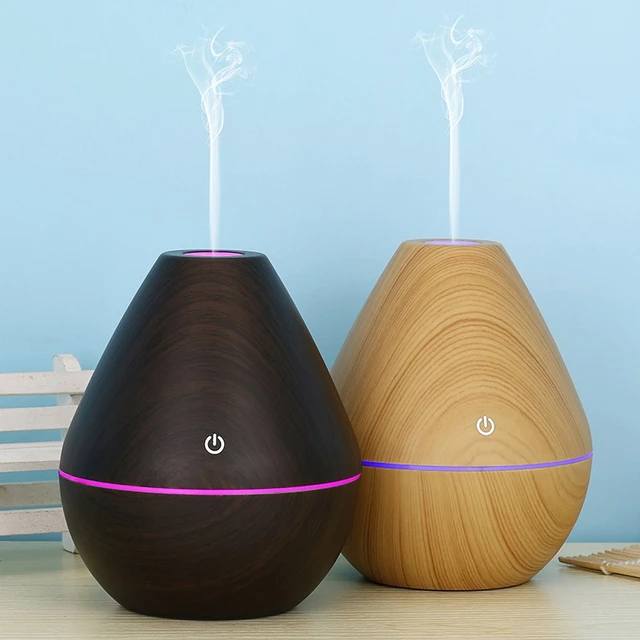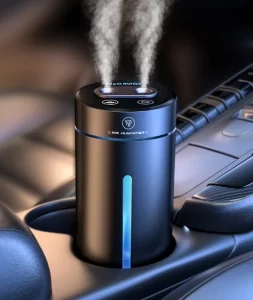Why is there no mist on my Dyson AM10?
Introduction
The Dyson AM10 humidifier and fan is designed to release a fine mist of water vapor into the air, providing added humidity and comfort in dry environments. However, there may be instances where the device fails to produce mist, leaving users wondering about the potential causes and solutions. In this guide, we will explore common reasons why there may be no mist on a Dyson AM10 and provide troubleshooting steps to address the issue effectively.

Why is there no mist on my Dyson AM10?
Insufficient Water Level
1.1. Water Reservoir Check
The first step in troubleshooting the lack of mist from a Dyson AM10 is to ensure that the water reservoir is adequately filled. Inspect the reservoir and check if the water level is below the minimum mark. If it is, fill the reservoir with clean water, ensuring it reaches the recommended level specified in the user manual.
1.2. Water Quality Considerations
While filling the water reservoir, it is essential to use clean and filtered water, as impurities or mineral deposits can affect the device’s performance. Tap water, especially in areas with hard water, may contain minerals that can accumulate and clog the device. Using distilled or demineralized water can help minimize this issue.
Obstructed or Dirty Mist Aperture
2.1. Clearing Potential Obstructions
The mist aperture, located at the front of the Dyson AM10, may become blocked or obstructed by debris or dust particles over time. Inspect the mist aperture and ensure it is clean and free from any blockages. Gently wipe the aperture with a clean, soft cloth to remove any obstructions that might be hindering mist production.
2.2. General Cleaning Routine
Regular cleaning of the appliance is crucial for optimal performance. If there is no mist coming from the device, it may be necessary to conduct a more thorough cleaning process. Refer to the user manual for specific instructions on cleaning the Dyson AM10, including guidance on removing any buildup that might be affecting the misting capability.
Clogged Ultraviolet Cleansing Cycle
3.1. Ensuring Proper UV Cycle Operation
To troubleshoot potential issues with the UV cleanse cycle, check that the water reservoir is clean and free from any blockages that might hinder the UV lights’ operation. In some cases, performing a thorough cleaning of the water reservoir and UV light components can help restore the UV cleaning performance and subsequently improve mist production.
Low Humidity or Environmental Factors
4.1. Low Ambient Humidity
The effectiveness of a humidifier is influenced by the room’s existing humidity level. If the environment already has a higher humidity, the difference may not be perceivable, leading to a perception that the misting function is not working. A hygrometer can be used to measure the ambient humidity and help assess whether the device is functioning properly.
4.2. Room Size and Placement
Adjusting the device’s positioning to better circulate mist and choosing an appropriate fan speed setting can help improve mist dispersal.
Technical Malfunction
5.1. Power Cycle and Reset
If all other troubleshooting steps have been performed and the lack of misting persists, it may be worth attempting to power cycle and reset the device. Unplug the Dyson AM10 from the power source and wait for a few minutes. Plug it back in and turn it on, allowing it to restart and recalibrate. This may address any minor technical glitches causing the lack of mist production.
5.2. Contacting Dyson Support
In rare cases where none of the aforementioned troubleshooting steps resolve the issue, it may be necessary to seek further assistance from Dyson’s customer support. Contacting Dyson support can provide you with specialized guidance and the necessary resources to address any specific technical malfunctions or concerns with the Dyson AM10.
Conclusion
Determining why there is no mist on a Dyson AM10 humidifier and fan requires a systematic troubleshooting approach. Checking the water level, clearing potential obstructions from the mist aperture, and ensuring the UV cleanse cycle is functioning properly are all essential steps. Additionally, considering factors such as low ambient humidity, room size, and device placement can impact mist perception.

